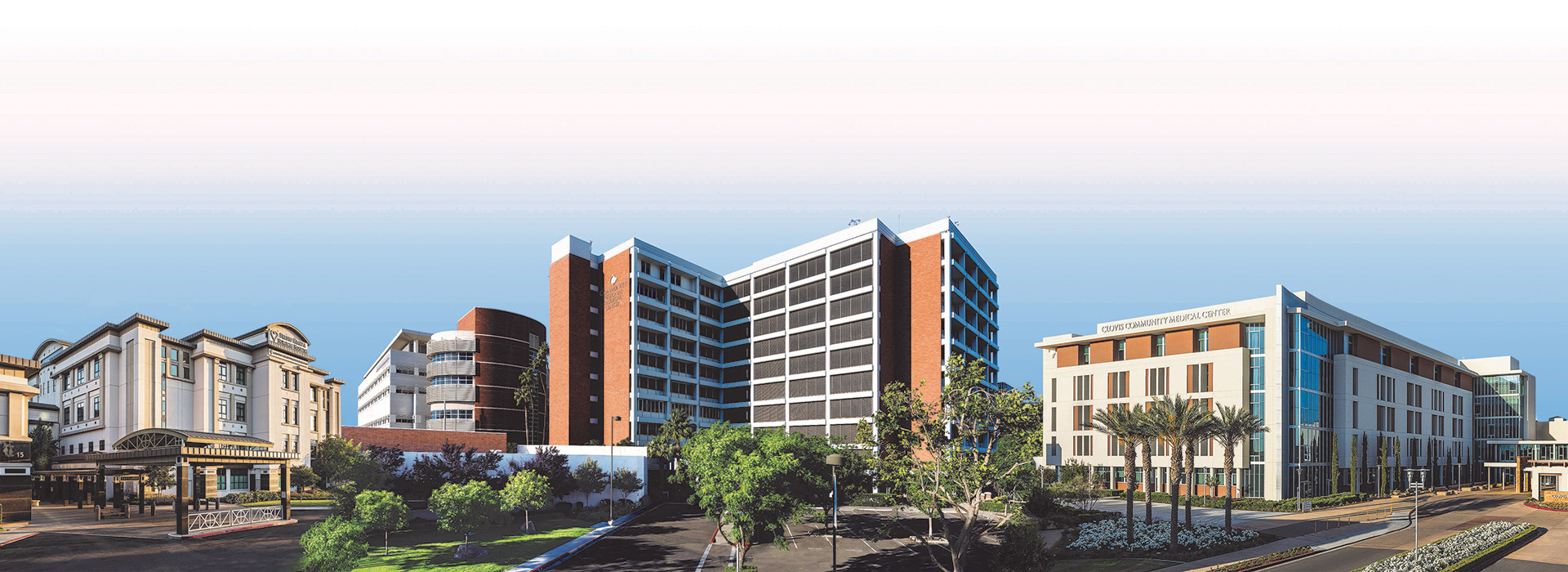Community Regional Medical Center’s trauma staff helped facilitate the second-ever West Coast donation of a heart after circulatory death for a successful transplant. The new procedure could increase organ donation by up to 30%.
Until recently, only hearts from patients who had been declared brain dead, but were still on life support, were recovered for transplantation in the United States. An assessment of the heart’s function had to be done while still beating to see if it could be used for transplant. And then the heart had to be secured on ice and transplanted within 4-6 hours to ensure success.
“New technology using warm perfusion (blood flow) devices allows for additional time and we can reach more people. It provides the opportunity to increase the number of available organs and save more lives,” says John Lilley, vice president of organ operations for Donor Network West, the federally designated procurement organization for a 45-county region in central and northern California and northern Nevada.
Donor Network West works with Community Regional’s doctors, nurses and social workers to support families and identify, evaluate and recover organs for transplantation. Community Regional, home to one of California’s largest and busiest emergency departments and the region’s only Level 1 trauma center, has participated in organ donation for nearly 30 years.
Lilley says the downtown Fresno hospital has helped 11 families so far this year honor the wishes of their loved ones and choose organ donation as a way to ensure their legacy lives on, resulting in 32 organ transplants for patients waiting for a life-saving gift. “One organ donor can save up to eight lives and a tissue donor can impact the lives of as many as 75 people,” he explains.
New technology could save more lives
Currently, more than 3,600 people nationally are waiting for a lifesaving heart transplant and approximately 300 people die each year waiting for a donor heart, according to Donor Network West.
Traditionally, heart donors have been declared brain dead. After this declaration, the beating heart was assessed, then stopped and recovered. The heart was then transported in a cold preservation solution to the hospital where it was transplanted into a recipient. Donor hearts had to be transplanted quickly to minimize tissue damage caused by oxygen deprivation.
The new portable Organ Care System™ mimics the environment inside the body, keeping organs like the heart, lungs and liver viable much longer. And it allows the heart to be transported longer distances to waiting patients.
“Before our window to transplant was very limited. We couldn’t send a heart all the way to the East Coast on ice,” Lilley says. “But with these perfusion devices, we’ve been able to send various organs to Texas and even the East Coast.”

DCD, or donation after circulatory death, involves recovering a heart from a hospitalized donor who has died because their heart has stopped, either naturally or because life support has been removed. The heart is removed within 30 minutes and connected to a portable TransMedics Organ Care System™ that pumps warm blood through the heart, reviving and keeping it beating for assessment and possible transplantation.
DCD transplants have been done in the U.S. with other organs, including the kidney and liver, for several years. But until recently, the heart was the exception because oxygenated blood couldn’t be pumped through it and there was a higher risk of damage during transport.
Other countries, including the United Kingdom and Australia, have been performing DCD heart transplants since the procedure was first performed in 2014 in Sydney.
Valley has fewer registered organ donors, but greater need
More than 900 people in Fresno County are waiting for an organ transplant. Within Donor Network West’s 120,000-square-mile service area, Fresno County has the second highest number of people per population — 1.26 per 1,000 residents — needing this life-saving gift.
“But Fresno County is at 31-32% for registered organ donors,” says Lilley. “By comparison, nearby San Luis Obispo County is over 50% and some counties are as high as 60%.”
Lilley says Community Regional has been a big supporter of Donor Network’s efforts to educate the public and register organ donors. And Community continues to focus on early referrals and strong collaboration with the procurement organization.
“Community Regional Medical Center is one of Donor Network West’s largest donor hospitals in our service area,” says Lilley. “Since January 2018, the hospital has had 81 organ donors, resulting in 242 organs transplanted. In addition, there has been 321 tissue donors during that period, resulting in literally thousands of life-changing transplants.”
He adds, “We are in this together.”
To become an organ donor, visit Donor Network West, or you can register through the DMV when you renew your driver’s license.
Community’s Commitment to Building Relationships
We innovate and network with others to improve the health of Central California, offering solutions wherever possible. We also reach out to support those in our community making a difference to lower rates of poverty, hunger, homelessness and violence. Read more stories.



.jpg)


